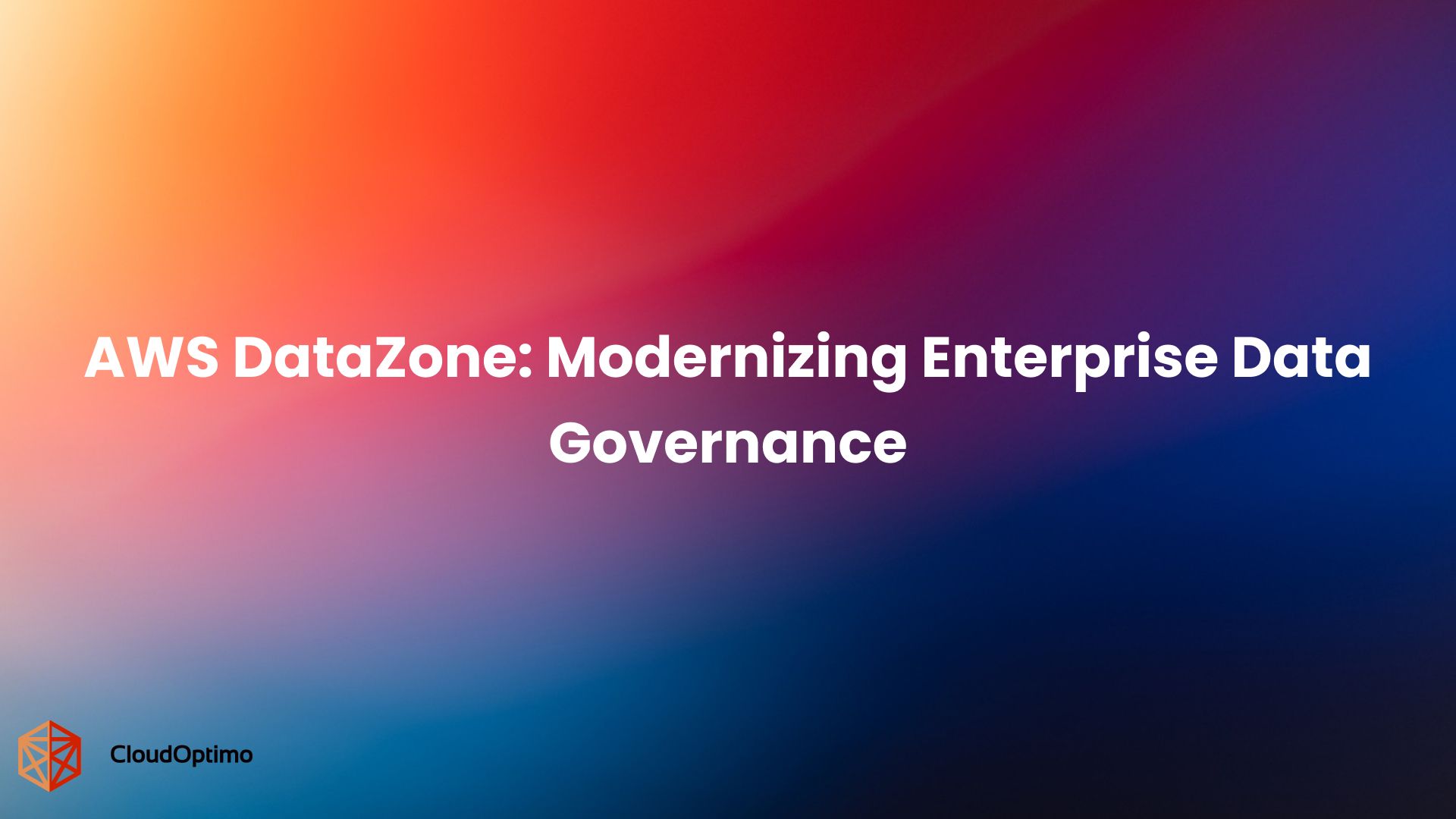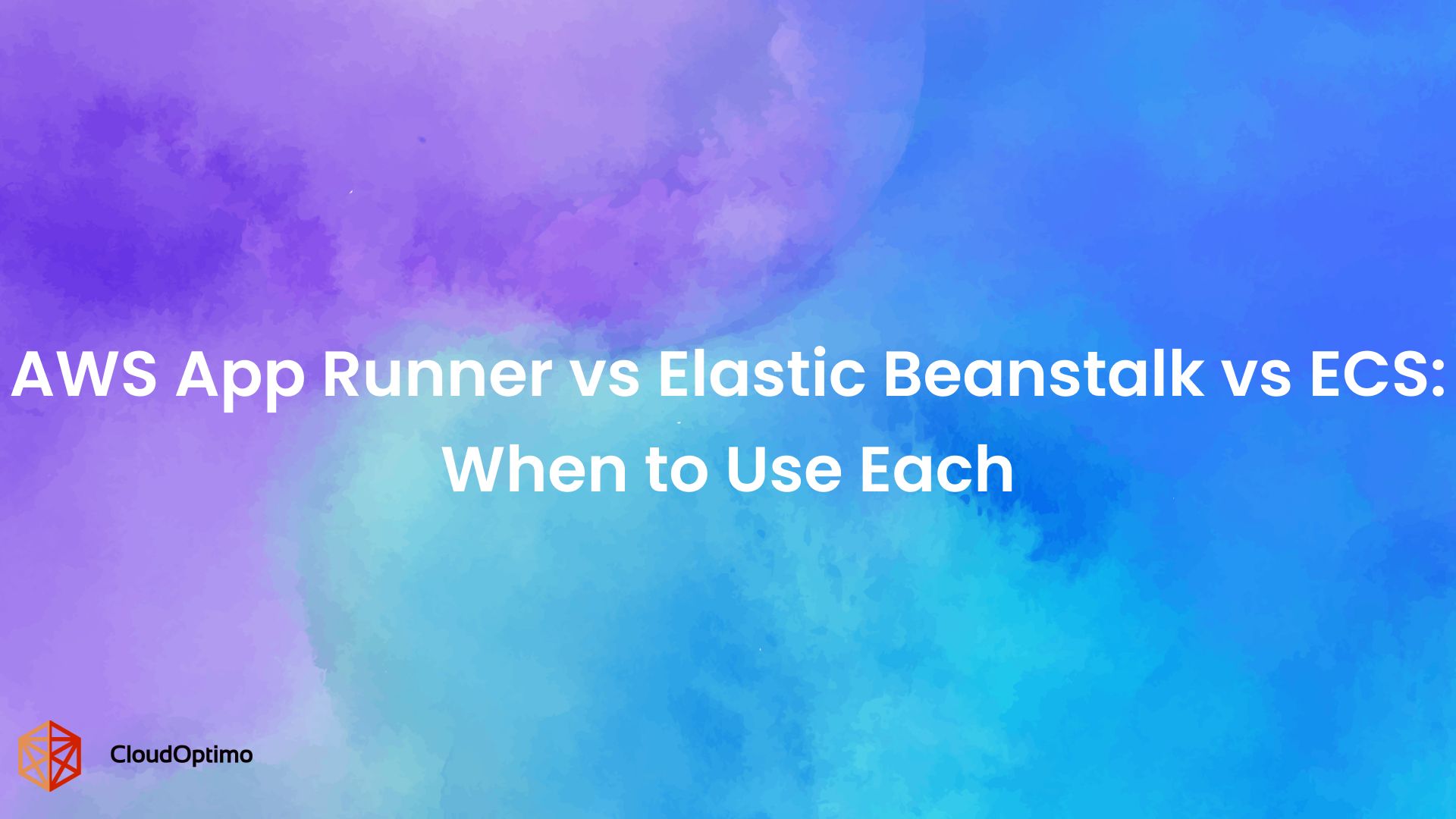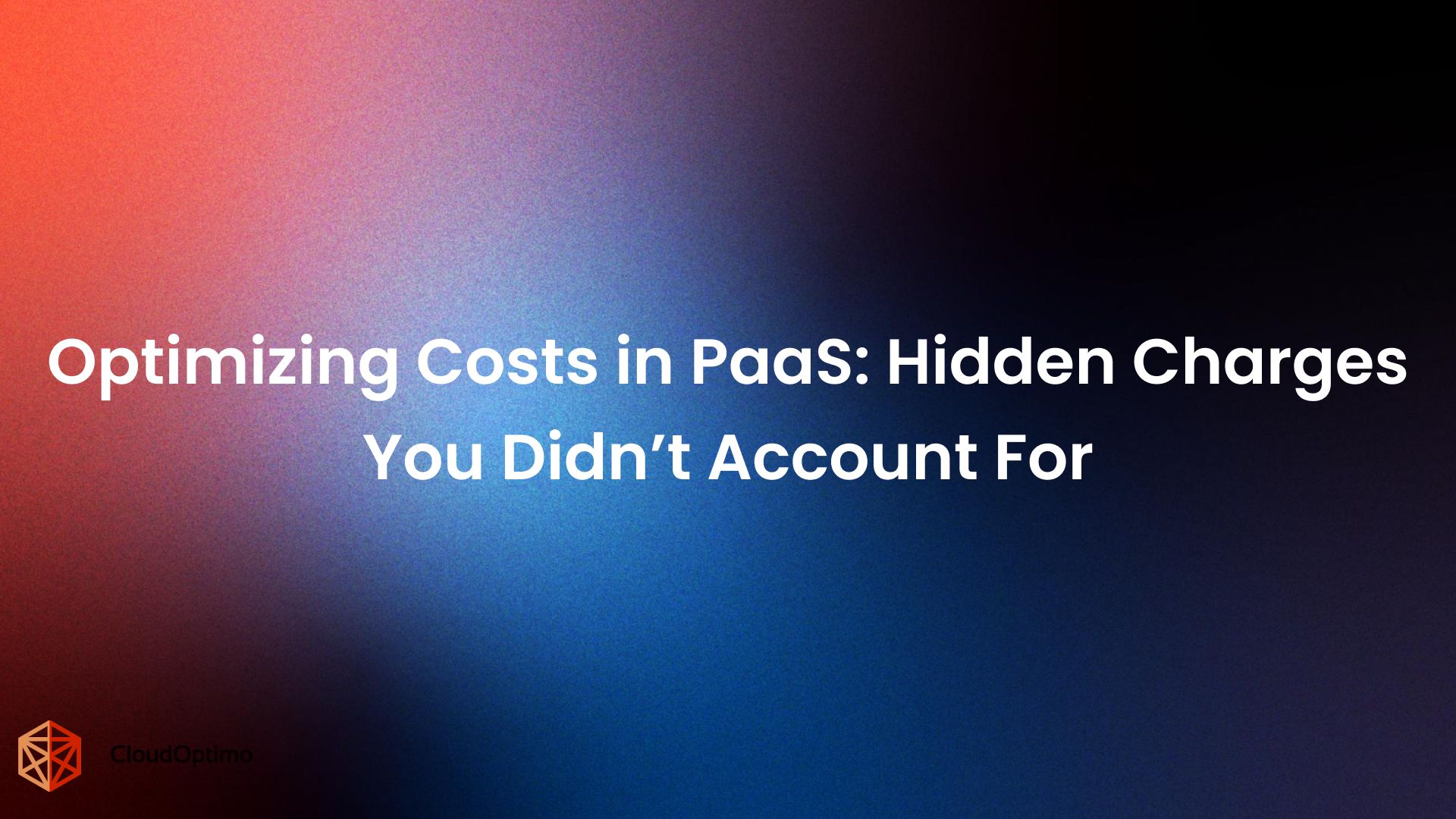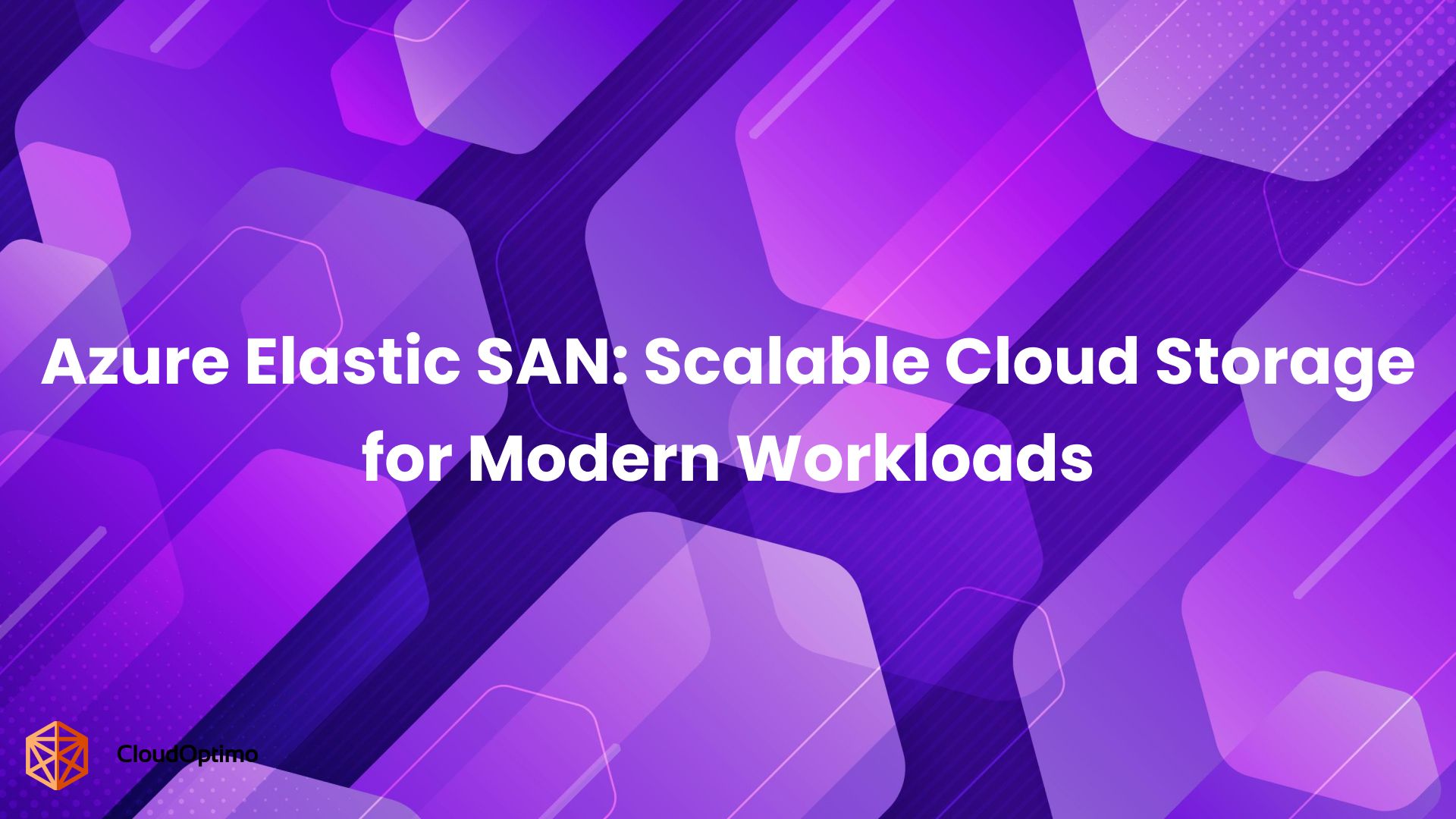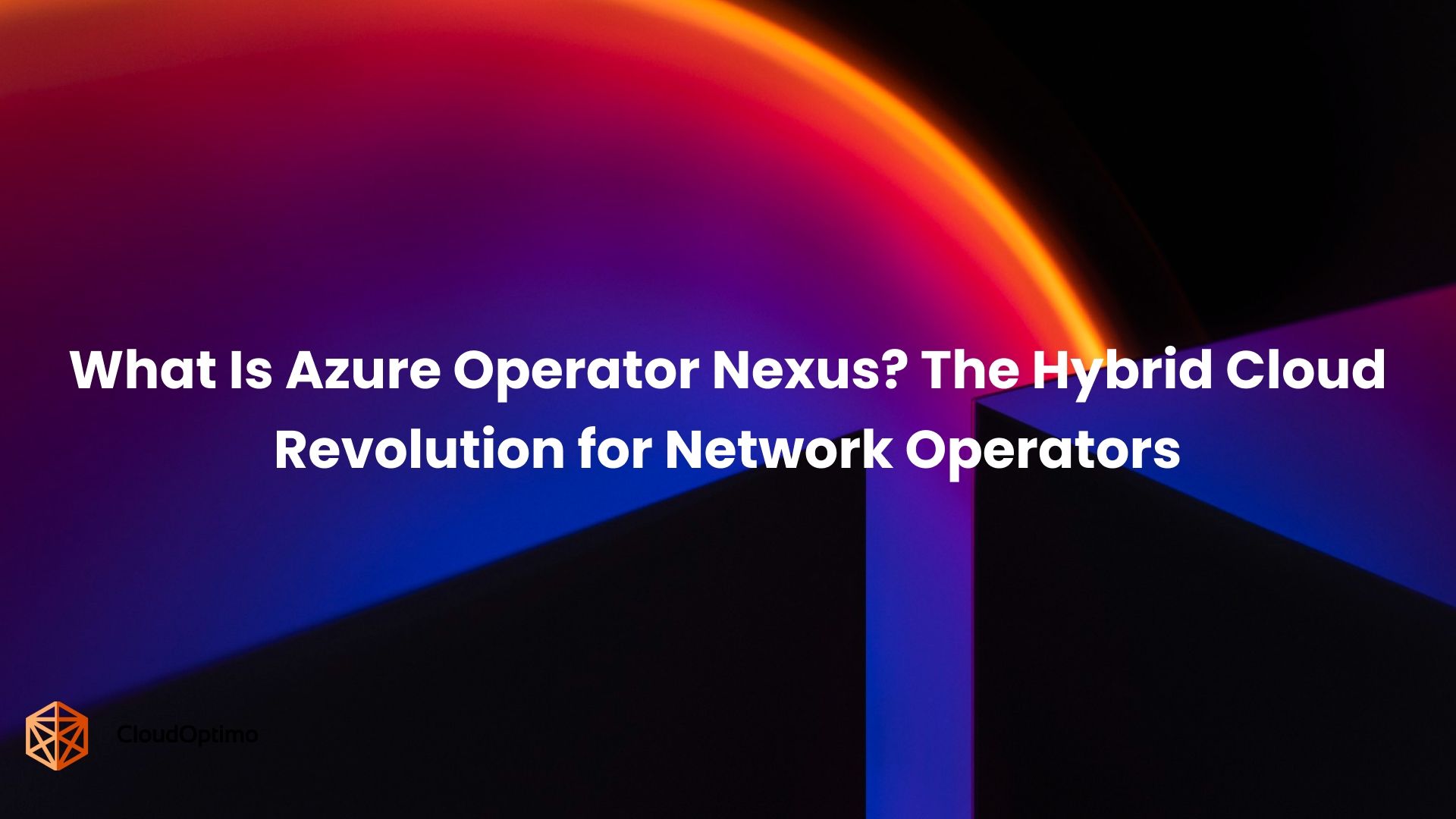Why “Free” in AWS Isn’t Always Free
AWS markets its Free Tier as a low-risk way to explore cloud services, and it is, at first. But in practice, the definition of “free” on AWS comes with important conditions, and missing those details often leads to avoidable charges.
This isn’t about overuse in the traditional sense. Many users face billing surprises even when their cloud activity seems minimal. Why?
Because what AWS labels as “free” is often dependent on specific thresholds, timeframes, and underlying service behavior details that are rarely emphasized during account setup.
If you assume “free” equals “unlimited within reason,” you’re likely to discover hidden costs, especially if you leave resources idle, transfer data between regions, or let logs and backups accumulate unnoticed.
In 2025, with the rise of experimentation in GenAI, serverless apps, and internal tooling across teams, this risk is only growing, especially for startups, small engineering teams, and non-IT departments that deploy services independently.
This blog offers a detailed look into the AWS Free Tier’s structure, the limitations you must monitor, and the real-world consequences of mismanagement for those who want to avoid surprises while benefiting from AWS services.
What the AWS Free Tier Offers
AWS does not offer a single Free Tier; it provides three distinct types of limited-cost access. Each with its own lifecycle, scope, and risk of cost exposure. These limits can support early experimentation, but they are not designed for scale, automation, or long-running environments. Misunderstanding the structure is often what leads to the first unexpected bill.
Three Types of Free Tier Access: Always Free, 12-Month Free, and Trials
The Free Tier is divided into three categories. Each behaves differently in terms of duration, scope, and how it integrates into billing:
- Always Free: These allowances reset monthly and remain available for the life of the account. They’re predictable but limited in scale, making them best suited for minimal workloads.
- 12-Month Free: Available only during the first year after account creation, these provide more generous usage caps. However, they stop without warning once the 12-month period ends any associated resources start incurring standard charges automatically.
- Short-Term Trials: These are time-bound offers that activate when a specific service is used for the first time. Trials are not account-wide and typically last between 7 and 60 days. Because many services are enabled via templates or dependencies, users may not realize a trial has started or ended until charges appear.
Free Tier access is tied to time, usage, and activation, not intent. Just launching a resource or enabling a feature can initiate cost exposure. Understanding which type applies is key to planning, isolating, and managing workloads safely.
What’s Not Free: Misconceptions That Lead to Unexpected Charges
A common assumption is that if something was created while under the Free Tier, it remains free by default. In practice, that’s rarely true. AWS charges based on active usage and ongoing resource state, not creation date or intent.
Here are a few scenarios that frequently result in unintentional billing:
- Data transfer between regions or services is almost never covered by the Free Tier
- Elastic IPs begin accruing charges if not actively attached to running resources
- Snapshots, backups, and AMIs are billed as stored data, even if you’ve deleted the original instance
- Idle resources, such as EC2 instances or RDS databases, still consume allocated hours
- Logs in CloudWatch accumulate over time, and unless manually managed, often exceed free limits without visibility
These are not edge cases; they are common, recurring oversights that appear across environments of all sizes. The Free Tier does not automatically shut down, pause, or warn against these behaviors.
Being clear on what’s excluded is as essential as knowing what’s offered. Misunderstandings in this area are one of the primary reasons AWS bills exceed expectations, especially in non-production or exploratory setups.
Usage Caps You Need to Know
The AWS Free Tier offers enough capacity to experiment with its services, but only within carefully defined limits. These limits, while reasonable for lightweight workloads, can be quickly exceeded in practical use, especially when services scale quietly or resources remain active unintentionally.
Understanding these caps is critical because AWS does not automatically stop usage when you exceed them. Instead, it begins charging standard rates, often without clear alerts.
EC2: Instance Limits, EBS Volumes, and Idle Costs
The Free Tier provides 750 hours per month of usage for t2.micro or t3.micro instances. That’s enough to run one instance continuously for the entire month—but not more. If you run two micro instances for just 16 days, you exceed the monthly allocation.
A common oversight is assuming stopped instances don’t count toward cost. While compute charges stop, associated storage costs from Elastic Block Store (EBS) continue. By default, EBS volumes persist after an instance is terminated. Unless deleted manually, these volumes incur standard storage charges, regardless of whether they are in use. Additionally, if you allocate Elastic IPs and do not attach them to running instances, AWS begins charging hourly.
Key Risk: Leaving EBS volumes or Elastic IPs active after terminating EC2 instances leads to silent cost accumulation.
S3: Storage Quotas, Request Limits, and Forgotten Backups
Amazon S3 offers 5 GB of standard storage, along with 20,000 GET and 2,000 PUT requests per month under the Free Tier. These limits are easily exceeded in scenarios such as:
- Uploading large files regularly (e.g., test datasets or media)
- Using S3 for automated backups or log archiving
- Retaining outdated or versioned files over time
Even if your application stops using S3, the stored data remains until deleted. This includes backups, archives, and snapshots, which can accumulate and cost more than the live storage itself.
Example: A weekly backup of 2 GB kept for three months without deletion results in 24 GB of usage, nearly 5x over the free allowance.
Frequent requests (especially PUTs) also consume your free quota quickly. Lifecycle rules and monitoring are essential to avoid inactive cost build-up.
Lambda: Invocations, Duration Caps, and Scaling Risks
AWS Lambda includes 1 million free invocations and 400,000 GB-seconds of compute time each month. Many users focus on the invocation count, but it’s the combination of memory allocated and execution time that determines cost.
For example, a Lambda function using 512 MB of memory and running for 1.5 seconds consumes 0.75 GB-seconds per invocation. After just 533,000 invocations, you’ll reach the compute limit, even though you’re still under the invocation cap.
What makes Lambda particularly risky under the Free Tier is that integrations and event-driven workflows can escalate invocations rapidly, especially when triggered by services like S3 or API Gateway.
Common Oversight: Complex event chains can multiply execution without immediate visibility into how quickly limits are being exceeded.
CloudWatch: Free Metrics, Logs, and Silent Overages
CloudWatch provides basic metric monitoring and 5 GB of log ingestion under the Free Tier, but it does not prevent overages; it only measures them. Services like Lambda and ECS generate logs by default, and unless you configure log retention or alerting, these logs persist and grow.
Even modest log usage accumulates quickly. CloudWatch log accumulation is often responsible for ongoing costs even after a workload has been shut down.
Other Services: RDS, DynamoDB, API Gateway, and Quota Nuances
While Amazon RDS and DynamoDB are Free Tier eligible, their thresholds are limited. RDS provides 750 instance hours/month for db.t2.micro or db.t3.micro, but high I/O operations or retention of old snapshots can result in costs. DynamoDB offers 25 GB of storage and 25 read/write capacity units. However, when request volumes spike, even briefly provisioned capacity may exceed these allocations.
Similarly, API Gateway includes 1 million REST API calls per month under the Free Tier. But APIs that are open to the public, integrated with chatbots, or used in webhooks can exceed this quickly due to unpredictable external traffic.
Caution: Most API overages come not from large projects, but from unexpected integration usage or testing endpoints left accessible.
Elastic IPs, Snapshots, and Inter-Region Transfers: The Hidden Add-Ons
AWS charges for Elastic IPs that are not associated with running instances, as well as for snapshots that are not deleted. These are often missed during teardown or project cleanup.
Additionally, data transfers across regions are never covered under the Free Tier. If your architecture involves services communicating between two regions (e.g., cross-region replication or global failover tests), those transfers are billed separately.
Why Region-Specific Limits Can Catch You Off Guard?
A common but critical oversight is assuming AWS Free Tier allowances apply individually in each region. In reality, Free Tier limits are account-wide, not regional. This means if you launch resources in multiple regions, whether intentionally for redundancy testing or unintentionally through default region selection, they all share the same Free Tier quota.
For example, running one Free Tier-eligible EC2 instance in us-east-1 and another in eu-west-1 at the same time means you're consuming double the compute hours, but still drawing from the same 750-hour monthly limit. The same applies to services like Lambda, CloudWatch, and S3.
This becomes especially problematic when:
- Developers or teams work independently in different regions
- Scripts and templates default to regions outside the intended one
- Global or multi-region testing is performed without cost tracking
Even experienced users often miss this detail during the setup or testing phases. The Free Tier doesn’t scale with the number of regions you use. Every additional region increases your risk of exceeding shared limits and doing so quietly.
Real-World Scenarios Where “Free” Becomes Costly
Even when you operate within AWS Free Tier definitions, costs can still arise unexpectedly. These aren't unusual corner cases; they are common patterns that emerge when assumptions go unchecked. Here’s how real-world usage, especially in early-stage or unmanaged environments, quickly moves from “free” to billable.
A Prototype That Scales Unexpectedly: Lambda and S3 Overages
You deploy a Lambda function for internal testing, which runs a few dozen times a day. Then it’s wired to an S3 bucket that begins ingesting large volumes of data from an automated system.
- Invocation costs: After the Free Tier’s 1 million requests per month, each additional request is billed at $0.20 per 1 million invocations.
- Duration costs: The Free Tier covers 400,000 GB-seconds. Exceeding that, you pay $0.00001667 per GB-second.
- S3 Storage: Going beyond 5 GB (Free Tier) at Standard storage rates adds $0.023 per GB/month.
A lightly used function can generate 3–4 million invocations a month when scaled via automation. That’s a $0.60–$0.80 monthly charge just for requests, excluding execution time and storage growth.
Forgotten EC2 Instances or EBS Volumes Left Running
An EC2 t2.micro instance is used for a test and left running overnight. Or worse, it runs across multiple regions.
- Instance costs: Free Tier offers 750 hours/month. A single instance running 24/7 uses ~744 hours/month. Two such instances? You're paying for the second one: ~$6.48/month (for a t2.micro in US East).
- EBS charges: Even when the EC2 instance is terminated, attached EBS volumes remain unless deleted. A 30 GB volume not covered by Free Tier will cost ~$3/month at $0.10/GB.
- Snapshots: AWS charges $0.05 per GB-month for EBS snapshots. A single 20 GB snapshot left unattended for 3 months adds $3 in passive charges.
These are low numbers, but they scale quickly across environments or over time, especially when not monitored.
Unmonitored Usage by Non-IT Teams (Shadow IT)
When teams outside core engineering (e.g., marketing or data science) start spinning up cloud resources without governance, usage multiplies with little awareness.
- A web analyst may launch an RDS database for campaign testing. 750 hours are free, but just one extra instance in another region for 10 days = ~$2.88 in extra charges.
- A misconfigured dashboard might trigger constant API Gateway or Lambda calls. 5 million requests/month beyond the Free Tier = $1 in Lambda and $3.50 in API Gateway costs.
Even small-scale use, when duplicated across functions or teams, can lead to monthly charges in the double digits, unnoticed until invoicing.
Logging, Data Transfer, and Other Passive Cost Drivers
Some of the most overlooked charges stem from system defaults.
- CloudWatch Logs: 5 GB ingestion is free. After that, it's $0.50/GB ingested and $0.03/GB stored per month.
- A function writing ~10 KB per execution at 2 million invocations/month generates ~20 GB of logs, costing $7.50 for ingestion and $0.60/month to retain.
- Data transfer between regions: AWS charges $0.02/GB for inter-region data. A backup script copying 50 GB per week between Oregon and Frankfurt = ~$4/month.
These don’t trigger alerts and often go undetected unless you’re actively reviewing billing details.
Multi-Environment Usage: Consuming a Single Free Allocation
AWS Free Tier allowances are per account, not per environment. So, test, staging, and production environments share the same limits.
- Three EC2 instances (one per environment) running 10 hours/day = 900 hours/month - 150 hours over the Free Tier, leading to ~$1.30–$1.60 in EC2 charges, depending on the instance type.
- S3 usage split across teams or environments (logs, exports, backups) easily crosses the 5 GB cap; just one large dataset upload could cost $0.50–$2/month, depending on frequency and size.
In teams where responsibilities are distributed, these overages are often no one’s responsibility until they become a billing issue.
Where AWS Notifications Fall Short, and How to Compensate
If there’s one reason many users get caught off guard with AWS charges, it's this: the visibility tools are not designed for prevention, only detection. And often, that detection comes after the cost has already been incurred. This section explains where AWS’s native notifications fall short and what actionable steps you can take to fill the gap.
AWS Alerts Often Arrive Too Late
Budget alerts in AWS are not designed to provide real-time notifications. Most triggers only after daily usage is processed. This delay matters more than it seems, because with services like Lambda or data transfers, even a single day of unexpected activity can result in costs that exceed your Free Tier limits.
- A Lambda function processing frequent S3 uploads can exceed its monthly quota within hours, before any alert is triggered.
- Inter-region data transfers, even at just 1 GB per day, can add $9–$10 to your monthly bill without a single alert if not manually tracked.
For usage patterns that grow rapidly or unexpectedly, especially in automated or event-driven environments, by the time you’re notified, you’re already paying.
The Billing Dashboard Doesn’t Surface Root Causes
The AWS billing console helps review what’s already happened. But it doesn't help you see issues before they cost you:
- It lacks near-real-time usage breakdowns by resource, making it hard to pinpoint the source of overages.
- There's no daily trend insight for specific regions, services, or projects unless you set up custom views.
- The interface is not designed for non-technical users, who are often the ones responsible for budgets.
If you're trying to understand why a charge appeared or who caused it, these limitations become a problem.
Manual Checks, Custom Alerts, and Cost Quotas That Work
To compensate for these blind spots, proactive monitoring is essential. Here’s what works in production environments:
- Use Cost Explorer filters: Filter by service, region, and tag to identify unexpected usage patterns. Cost Explorer updates every 8–12 hours, which is faster than billing alerts.
- Create CloudWatch usage alarms: Set thresholds on metrics like Lambda invocations, S3 storage size, or EC2 hours. Unlike budget alerts, CloudWatch can trigger alarms with low latency, often within minutes.
- Implement budgets with tight thresholds: Instead of setting alerts at 80% or 100% of the Free Tier, set low-margin triggers (e.g., 50% of Free Tier limits) to give you lead time.
- Use resource tagging: Tag by project, team, or environment (e.g., env: dev, team: marketing). Tags help link costs to business context and allow you to apply filters in both Cost Explorer and Budgets.
Setting a CloudWatch alarm, for example, to trigger when an S3 bucket uses more than 4.5 GB (just below the Free Tier limit) will help you in taking action before charges are made, rather than later.
A 5-Minute Habit That Can Prevent Unwanted AWS Charges
Staying ahead of billing surprises doesn’t require a complex monitoring system, just a short daily check that helps catch small issues before they become costly.
In under five minutes, here’s what’s worth scanning:
- Check Cost Explorer for anomalies. A spike in daily spend, even by a few dollars, is often the first sign of a service scaling silently.
- Review EC2 and RDS instances. Look for any test environments or dev servers that are still running. Terminate or stop them if not in use.
- Look at S3 bucket growth. Check if your S3 storage is growing. Look for old logs, test files, or backups you no longer need, they can quickly add up and increase your costs.
- Scan CloudWatch logs. Identify any log groups growing rapidly. Set or adjust retention policies so they don’t quietly accumulate costs.
- Check for detached resources. Unused Elastic IPs, idle EBS volumes, or orphaned snapshots are low-hanging fruit for cleanup.
It’s a short habit, but it builds long-term discipline. Doing this once a day protects your Free Tier from becoming a cost center.
Practical Ways to Keep Free Tier Usage Under Control
Real-time visibility gaps, delayed alerts, and silent overages - these risks demand more than reactive notifications. They require a proactive system of control. The Free Tier can deliver real value if managed with structure. These strategies help prevent hidden usage, bring accountability across teams, and align experimentation with actual budget boundaries.
Apply Real-Time Usage Controls Before Services Scale
The Free Tier doesn't block you when you exceed limits; it simply bills you. To stay within boundaries, define usage thresholds that trigger automated actions, not just alerts.
Set tighter thresholds for budgets and usage. For example:
- Trigger alerts at 50% usage for high-risk services like Lambda or S3, not just the default 80%.
- Use CloudWatch metrics to track service-specific usage (EC2 hours, EBS volume size, S3 object counts) rather than relying on total cost alerts.
- Enable anomaly detection in Cost Explorer to highlight sudden spikes in services like CloudWatch Logs or DynamoDB.
This allows you to act on usage shifts before they become billing problems.
Automate Cleanup and Timeouts to Eliminate Passive Costs
The most common overages come from human error: forgetting to stop an EC2 instance or leaving logs running for a prototype. These are avoidable with minimal automation.
A few high-impact controls include:
- Auto-stop schedules for EC2 or RDS instances, especially dev/test environments. Even running a micro instance 24/7 uses the entire 750-hour monthly allowance.
- Cleanup routines for EBS volumes, snapshots, and unattached Elastic IPs. These add cost even when not in active use.
- Use deployment templates (via CloudFormation or Terraform) with built-in quotas on storage, runtime, and instance type.
By enforcing limits at the infrastructure level, you reduce reliance on manual cleanup.
Establish Shared Visibility Through Tagging and Role-Based Access
One of the least technical but most effective practices is visibility. In multi-team accounts, Free Tier consumption quickly becomes untraceable unless teams share a view of what's being used and why.
Establish cost ownership by:
- Using tags like Project, Environment, and Owner to link resources with their creators and context.
- Sharing billing dashboards across teams so finance, engineering, and management can all see usage trends.
- Scheduling monthly usage reviews to flag cost anomalies and remove unused resources before they become chargeable.
This builds shared accountability and helps non-technical stakeholders participate in managing cloud spend.
Design Experiments with Usage Limits, Not Just Technical Goals
Prototypes, tests, and short-term workloads often exceed Free Tier limits, not because they’re misused, but because they’re unplanned. Treat Free Tier limits as you would any engineering constraint: define them upfront.
To keep experiments within budget:
- Forecast runtime hours, storage needs, and invocation rates before launch
- Include cost limits in your CI/CD templates or Infrastructure-as-Code policies
- Set per-project usage caps for Lambda, S3, EC2, or CloudWatch
Use the Free Tier to validate ideas, but always within known boundaries.
Applying the Free Tier with Intent: From Access to Accountability
For individuals and teams building in the cloud, the AWS Free Tier offers more than just zero-cost access; it offers a real-world environment to validate ideas, test architectures, and operationalize good habits. But its value only holds if usage is intentional.
Build With Cost in Mind - From the First Line of Code
When cost boundaries are part of the design conversation from the start, infrastructure becomes sustainable by default, not just affordable in the short term. This doesn’t mean adding restrictions; it means designing with visibility, control, and accountability built in.
A developer launching an EC2 instance for a test environment should know when it auto-terminates. A team creating a Lambda-based integration should understand what happens when invocation rates spike. These small disciplines scale.
The Free Tier Is a Temporary Allowance, Not a Long-Term Policy
Organizations often fall into the habit of treating the Free Tier like a safety net. But unlike fixed budgets, its thresholds don’t grow with your needs. They don’t adapt to your architecture. And they don’t account for growth.
It’s best used as a time-bound opportunity: a phase for validating technical choices while setting up the practices needed to operate in a paid environment. The sooner cost becomes part of the feedback loop, the fewer surprises you’ll face later.
Cost Management Is Not Just Financial - It’s Operational
Making the Free Tier work long-term isn’t about squeezing more from the same limits. It’s about operational maturity. Visibility into what’s running, clarity about ownership, and alignment between technical experimentation and financial reality are what turn "free" from a liability into an advantage.
In that sense, cost awareness isn’t a separate concern; it’s a reflection of how well the system is run.
Already Incurred Charges? Here's a Quick Recovery Plan
Start by using AWS Cost Explorer and billing reports to pinpoint where unexpected charges originated. Early identification is key to managing costs effectively.
If your charges arise from exceeding Free Tier limits, reach out to AWS Support promptly. For many new accounts, AWS provides one-time waivers to help mitigate unexpected costs.
But recovery isn't just about refunds. Set up auto-stop policies, tag all resources, and share cost dashboards across teams to keep everyone informed.
Don’t let surprise costs become recurring ones. Build habits that let you experiment confidently, without turning “free” into a liability.

